Nikon has done a great job providing a robust full-frame lens lineup for the Z-mount. There are so many choices that we thought it necessary to help narrow the field for you to this list of our favorite options across different focal lengths.
Nikon also has a good range of both professional lenses and more affordable, but still capable, entry-level choices. We didn’t always pick the most expensive path either. In each section, I’ll name my favorite lens and Jordan Drake will chime in with his favorite, too so you have a couple of options to select from depending on what is important to you (photo, video, or both).
At a Glance
Let’s start with the widest lenses in the range which are ideal for your landscape and architectural needs. Nikon has made a real effort to give its users 14mm coverage on many of its zooms which only adds to the versatility of those lenses.
The Best Ultra-Wide Lenses for Nikon Z-Mount
I love slower lenses. Sometimes light gathering isn’t as important as compactness and price, and a zoom with an f/4 aperture often hits that sweet spot. Nikon’s Nikkor 14-30mm f/4 S and it is an excellent combination of size, weight, and optical performance, while still allowing for screen-in filters. It’s not my top pick but it is definitely worth looking at.
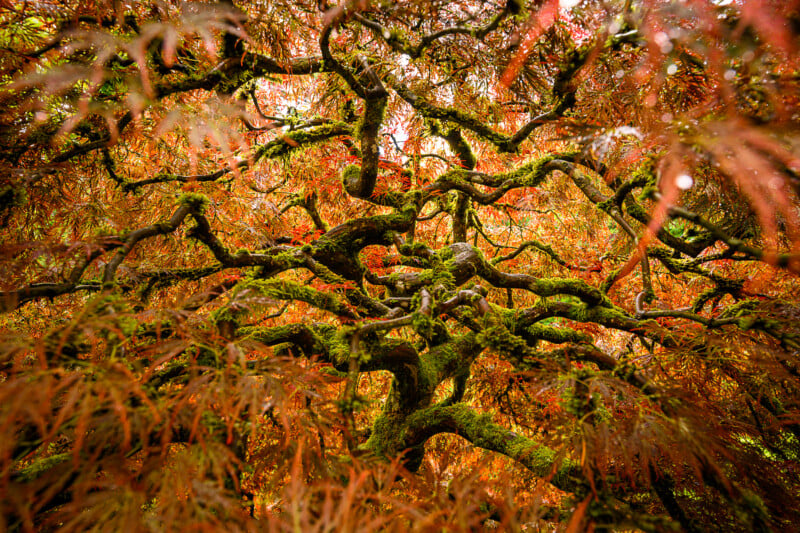
Jordan’s favorite wide-angle lens is the Nikkor 20mm f/1.8 S. This is an insanely sharp lens with a wide enough aperture to tackle concert, event photography, and even the occasional astral-photo project. The 20mm focal length is also very versatile because you can always crop in a little bit if you want a less extreme look.
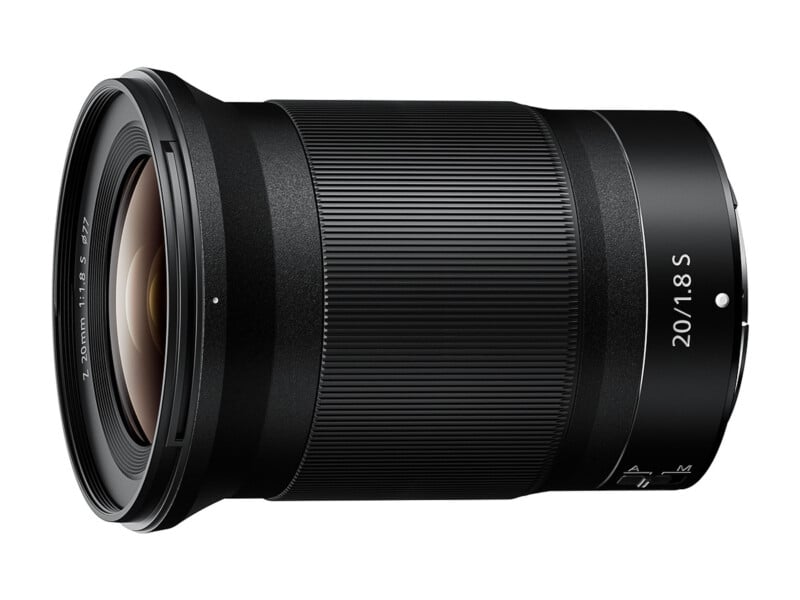
But I’m gonna go with the professional choice when it comes to ultra-wide angle lenses: Nikon makes a 14-24mm f/2.8 S which, although expensive and large, can cover so many photographic situations. It is sharp, consistent, and rugged. One downside with lenses that start at the 14mm mark is a loss of the capability to attach filters. The Nikon 14-24mm f/2.8 has a unique hood attachment which allows for 112mm filters. Granted, these filters are rare and expensive but it means that the 14-24mm can still make use of polarizers and ND filters without resorting to gel cut-outs.

The Best Normal Primes for Nikon Z-Mount
Everyone needs a good 50mm lens and Nikon makes a wide range of options. Some are quite impractical such as the 58mm f/0.95 Noct, which seems to be more of an optical performance showcase rather than a commonly used tool.

The 50mm f/1.2 S lens is an option which provides a healthy dose of light when you need it and yet is a more reasonable purchase compared to the Noct, not only cost-wise but carry-wise as well. Regardless, it is a more specialized tool that will push a photographer’s budget to the max and should only be considered if the extra light is essential.
Both Jordan and I chose the Nikkor 50mm f/1.8 S. To me, a 50mm should be bright but also portable. I want something unassuming on the street and easy to travel with. Often, 50mm f/1.8 lenses are ultra-affordable entry-level pieces of kit. But what I like about the Nikon Z-mount version is that it provides better optical performance at f/1.8 which sets it apart from the common crowd, even though it is more expensive.
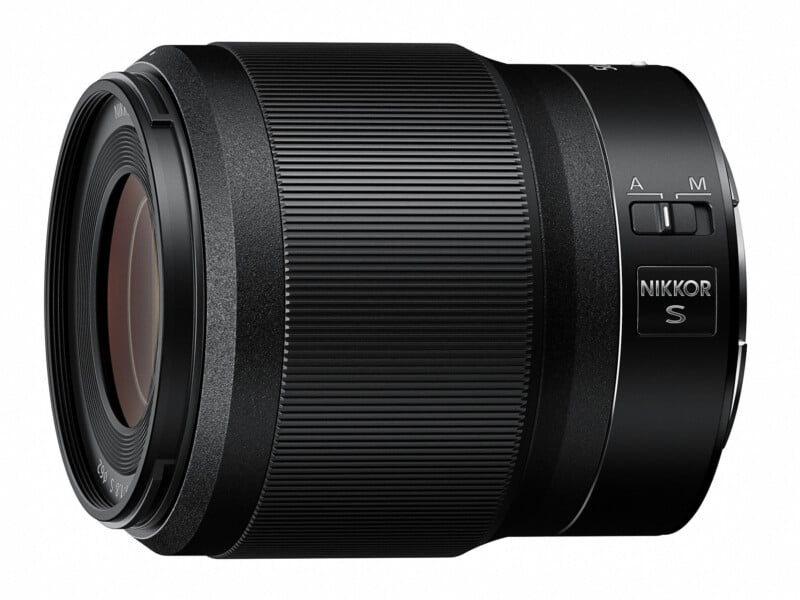
The Best Standard Zooms for Nikon Z-Mount
The standard zoom lens will be most photographers’ bread-and-butter optic. These lenses are the go-to if you can only choose one and Nikon has a lot of options vying to be that one. The Nikkor 28-75mm f/2.8 is an affordable choice that still gives good light gathering potential but Tamron makes a newer version which is optically superior and still affordable.
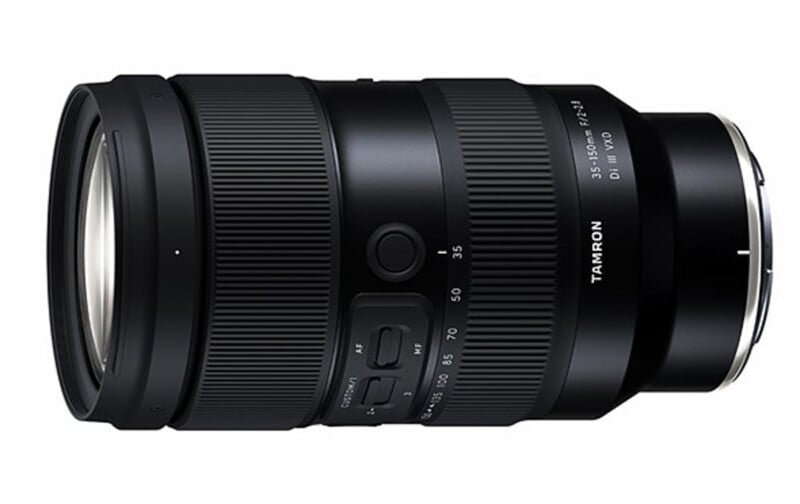
Tamron also makes a unique 35-150mm f/2-2.8 zoom which is Jordan’s top pick. This lens mates perfectly with an ultra-wide zoom and yet gives the user a much further push into a longer telephoto range. It also happens to be bright, and in optical terms, gets a chef’s kiss every time.

The Nikkor Z 24-70mm f/2.8 S may be the professional choice and is worth the high cost if you shoot a lot of demanding work. But I have to say that the more affordable 24-120mm f/4 S just seems to impress me every time I use it. The extra telephoto range and wide-angle coverage make it the most versatile choice and the lens consistently delivers way more optical performance than it has any right to. I would happily give up an f/2.8 aperture to get the results that this lens delivers whenever I take it out.

The Best Portrait Lenses for Nikon Z-Mount
I usually prefer an 85mm focal length for portraiture because of the convenience it provides for both full-body compositions as well as head-and-shoulders shots. Nikon makes an optical gem with its 85mm f/1.2 S which gives that silky-smooth shallow depth-of-field look when you want the background to fade into a soft blur. However, it is a hefty chunk of glass and is pricey to boot, and a similar look can be achieved by going a different way.
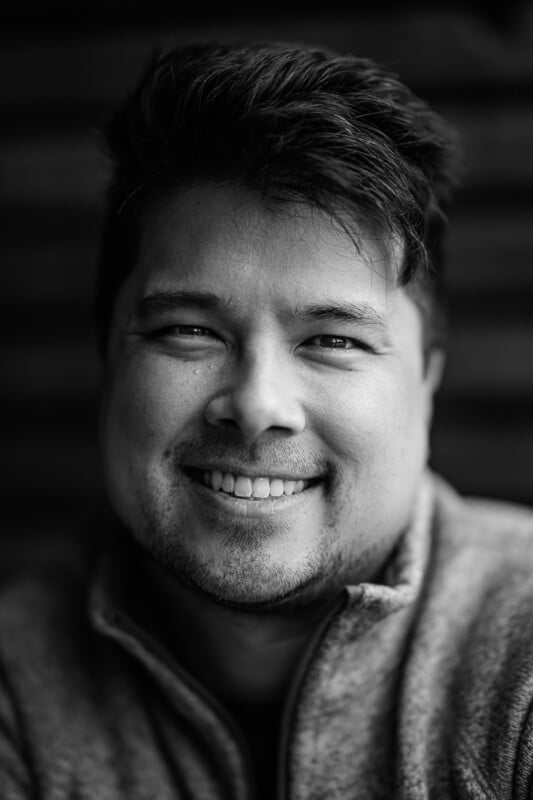
Jordan and I both agree that the best portrait lens is the 135mm f/1.8 S Plena.
The stark compression that can be achieved with a 135mm lens is gorgeous, especially for full-body compositions. Due to the longer telephoto range, shallow depth-of-field is still easy to achieve and the Plena is excellent optically no matter what aperture you choose. You might need more physical distance to work with the Plena but you won’t ever regret the results it provides.

The Best Telephoto Zoom Lenses for Nikon Z-Mount
When we looked at our favorite telephoto zoom lenses, we went in two different directions. Jordan chose the Nikkor 180-600mm f/5.6-6.3 VR which covers such an immense range and became an instant success for Nikon. So many photographers who wanted an affordable wildlife lens went with the 180-600mm and it became the default choice for most birding and safari applications. It strikes a great balance between having enough reach and being easy enough to travel with.
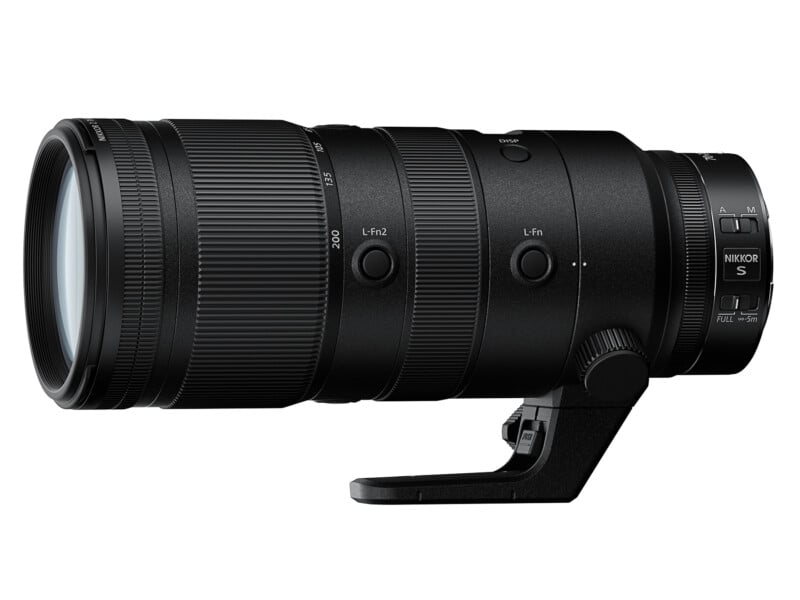
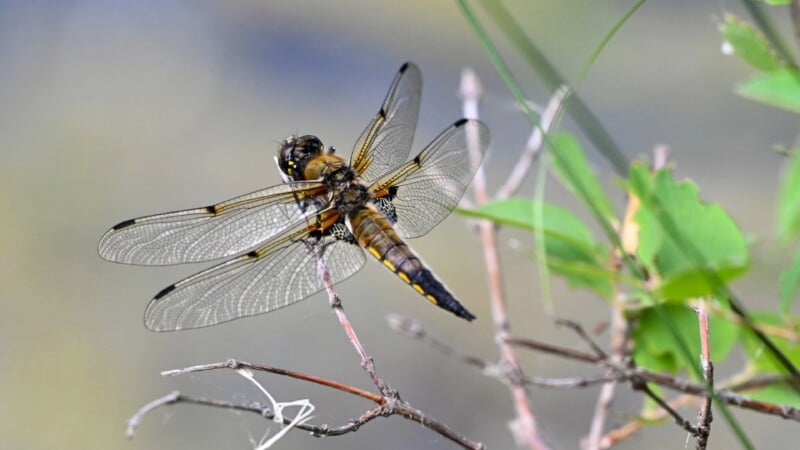
I went with a more predictable option. The Nikkor 70-200mm f/2.8 VR S is Nikon’s version of the most often-used lens around. A good 70-200mm can tackle portraits, low-light event photography, and indoor sports. You can even get a 1.4 or 2 times teleconverter and use it for some wildlife shots or for distant sports. Obviously, the 70-200mm f/2.8 is an expensive choice but you also know that it will be optically excellent throughout its range. Indeed, when we tested the Nikon against its peers we found the lens to be the sharpest of the bunch.
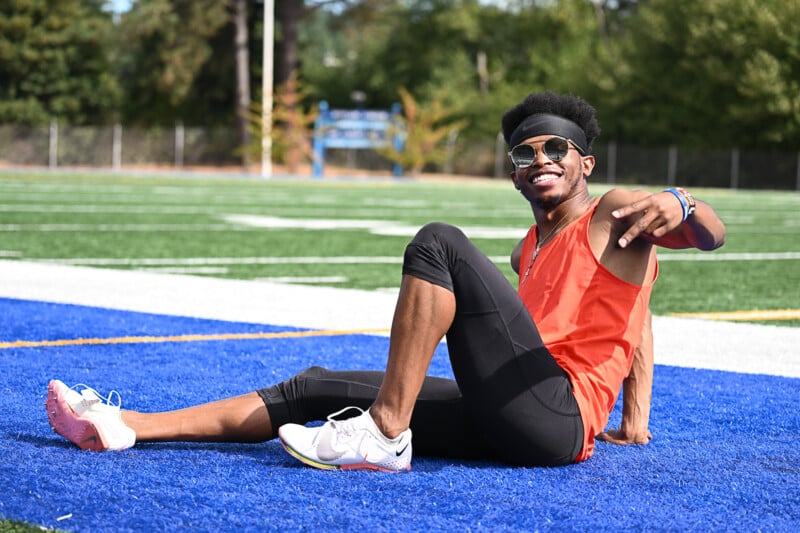
The Best Telephoto Primes for Nikon Z-Mount
Nikon truly excels when it comes to high-end telephoto primes. These pricey lenses are the brightest and sharpest options for professional sports and wildlife photography. Nikon makes a stellar 400mm f/2.8 TC VR S and a 600mm f/4 TC VR S lens which has built-in teleconverters and the only reason we didn’t pick them is that the price is extremely prohibitive for most people.
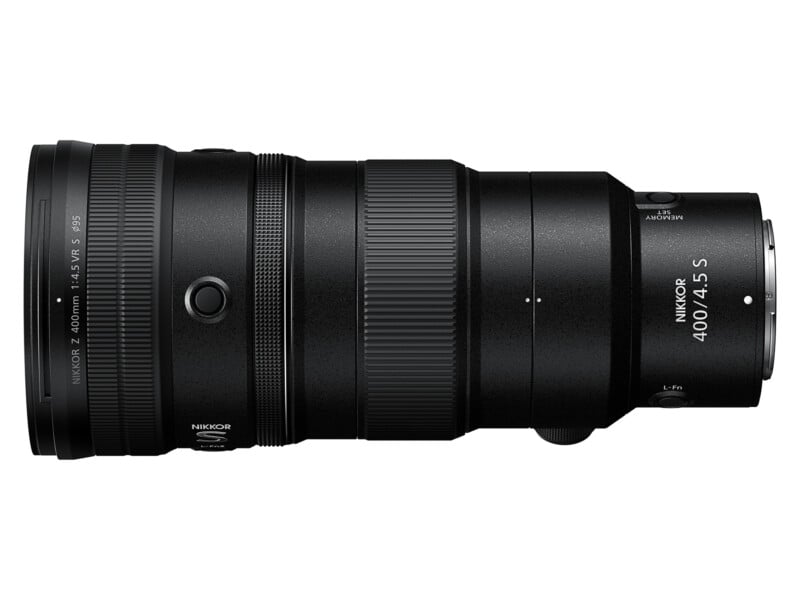
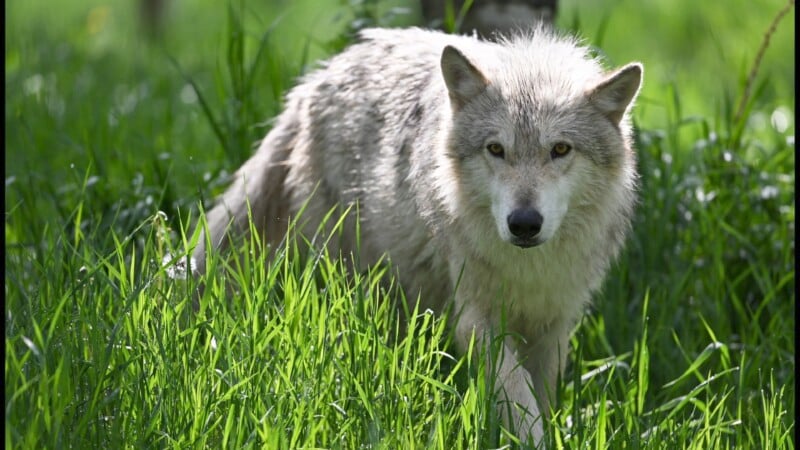
Jordan instead prefers the 400mm f/4.5 VR S which is relatively compact and incredibly sharp. For any situation where subjects are a little closer the 400mm is ideal and it gathers enough light to be used in dark forests and fading dusk light.
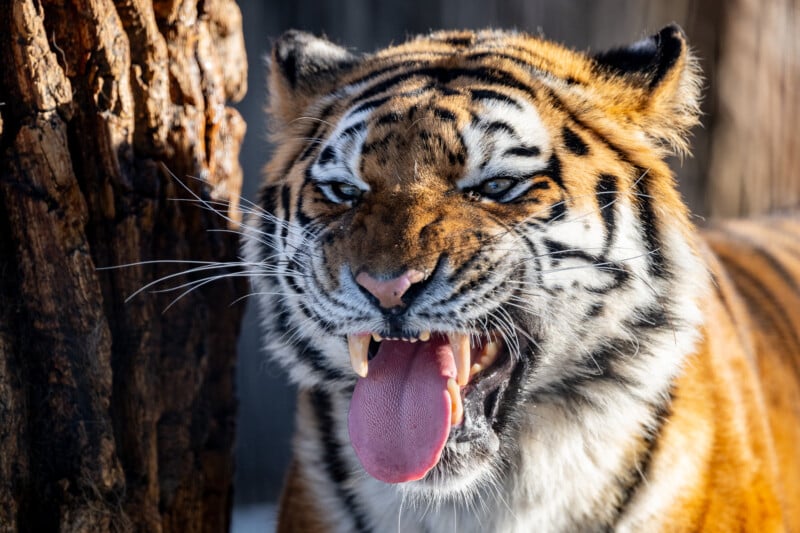
I like to have a little more reach myself so I prefer the slightly longer 600mm f/6.3 VR S. Either way, these two lenses are optically near-perfect and bright enough for most situations. Although still expensive, they are also more attainable and a little easier to carry than the TC versions.
These are our picks for the lenses that we feel stand out in the Nikkor lens lineup. However, if you are a Nikon user you have the advantage of a very fleshed-out full-frame ecosystem which has many options across many prices. We also feel that Nikon has put a lot of effort into creating a system of lenses that excel optically. Right now, being a part of the Nikon family is a good place to be.
